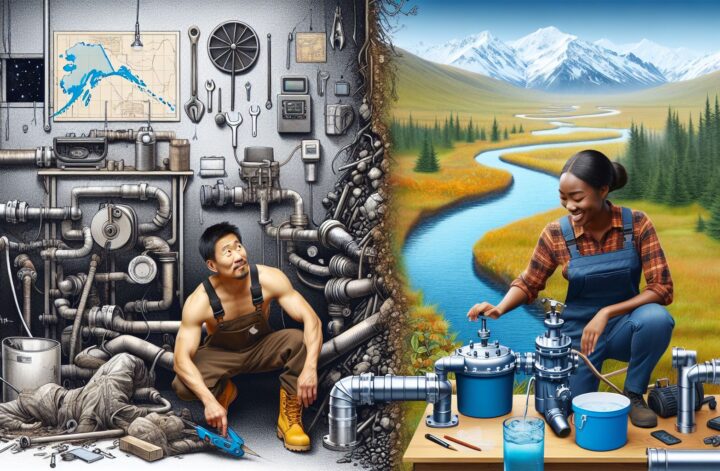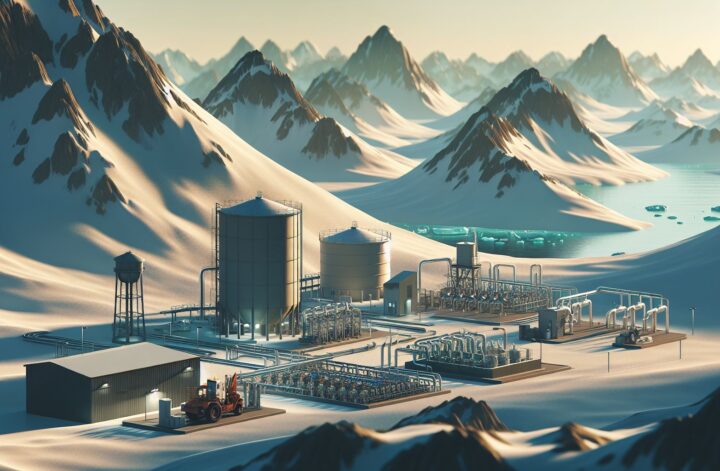Alaska, the United States’ largest state by area, presents unique challenges with its rural water and wastewater systems. The obstacles are numerous, including harsh weather conditions, vast landscapes, and a sparse population, particularly in rural areas. Despite these challenges, various efforts have now been put in place to improve access to clean, safe water and proper wastewater management for rural Alaskans.
A significant percentage of homes in Alaskan villages lack modern water services that are standard elsewhere in the United States. The Alaska Department of Environmental Conservation reports that as of 2018, there were still 32 predominantly Alaska Native villages where homes did not have both water and sewage services[^1^].
The problem of lacking basic utilities is compounded by the harsh regional climatic conditions. The cold makes the system operations and maintenance challenging since the water and sewer pipes may freeze, rupture, or break down, leading to frequent system failure[^2^].
However, in reaction to these challenges, several government organizations and nonprofits have stepped up efforts in recent years to improve rural water and wastewater systems across the state. Funding programs, primarily federally supported, have been established to bridge the gap. Notably, the Alaska Department of Environmental Conservation’s Village Safe Water (VSW) and the Alaska Native Tribal Health Consortium (ANTHC) have been instrumental in providing design, construction, and project management for rural sanitation projects.
These developments are cause for hope. As of 2018, the ANTHC reported that approximately 86% of rural Alaskan homes had water and sewer services, up from only 75% in 2000[^3^]. This development, while remarkable, still leaves room for more work to be done. With continued focus from policymakers, charities, and Alaskan communities themselves, we can anticipate further improvements in the coming years.
References
[^1^]: Alaska Department of Environmental Conservation. (2018). Alaska’s Village Safe Water Program https://dec.alaska.gov/water/water-systems-village-safe-water
[^2^]: Collins, S., & Eichelberger, L. (2016). Stress, Shifting Resources, and the Weather: The Implications of Climate Change for Water, Sanitation, and Hygiene in Remote Alaskan Communities. Arctic, 69(5).
[^3^]: Alaska Native Tribal Health Consortium. (2018). ANTHC: Healthy Water, Healthy People. https://anthc.org/what-we-do/healthy-homes-and-communities/healthy-water-healthy-people




